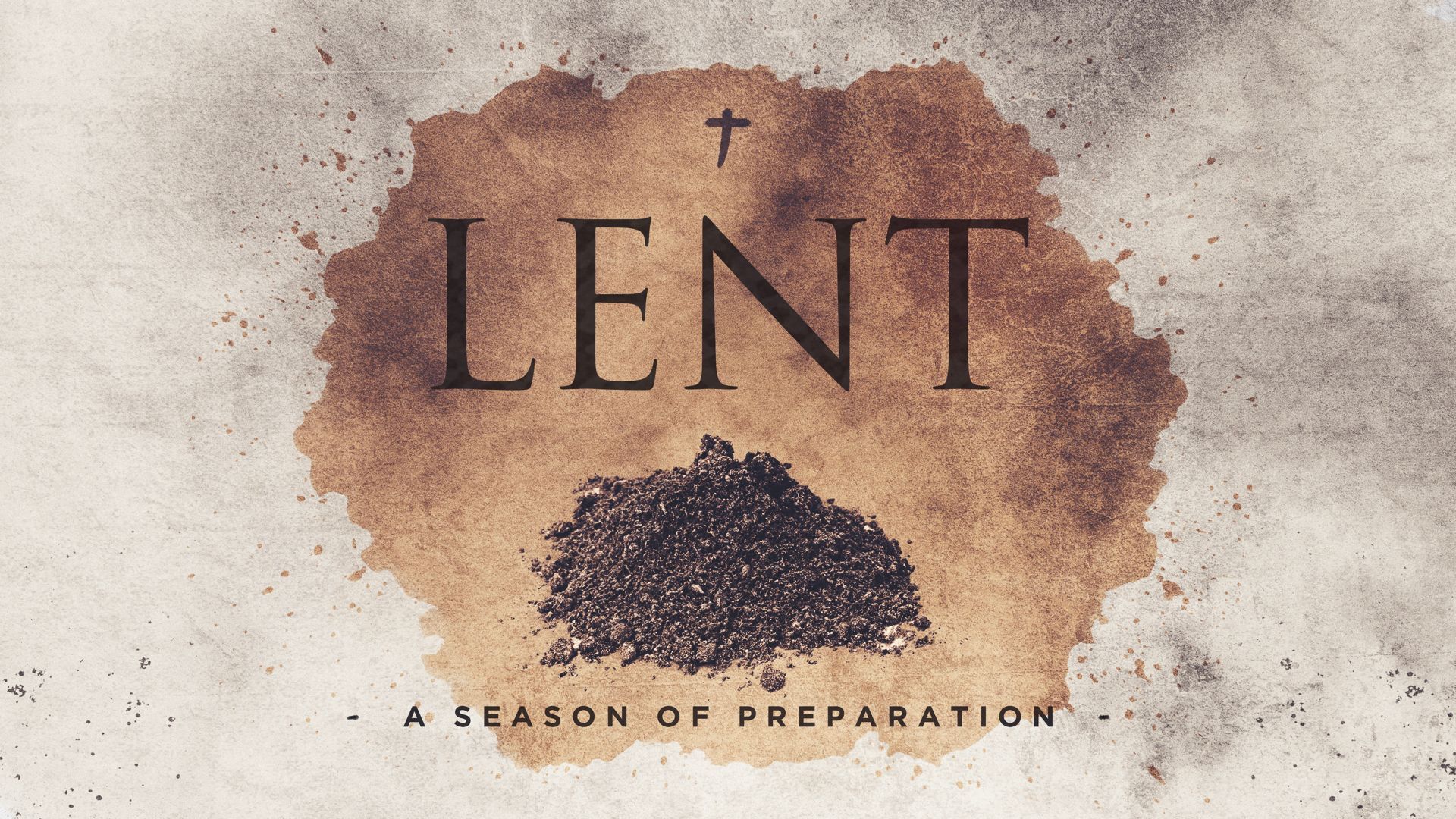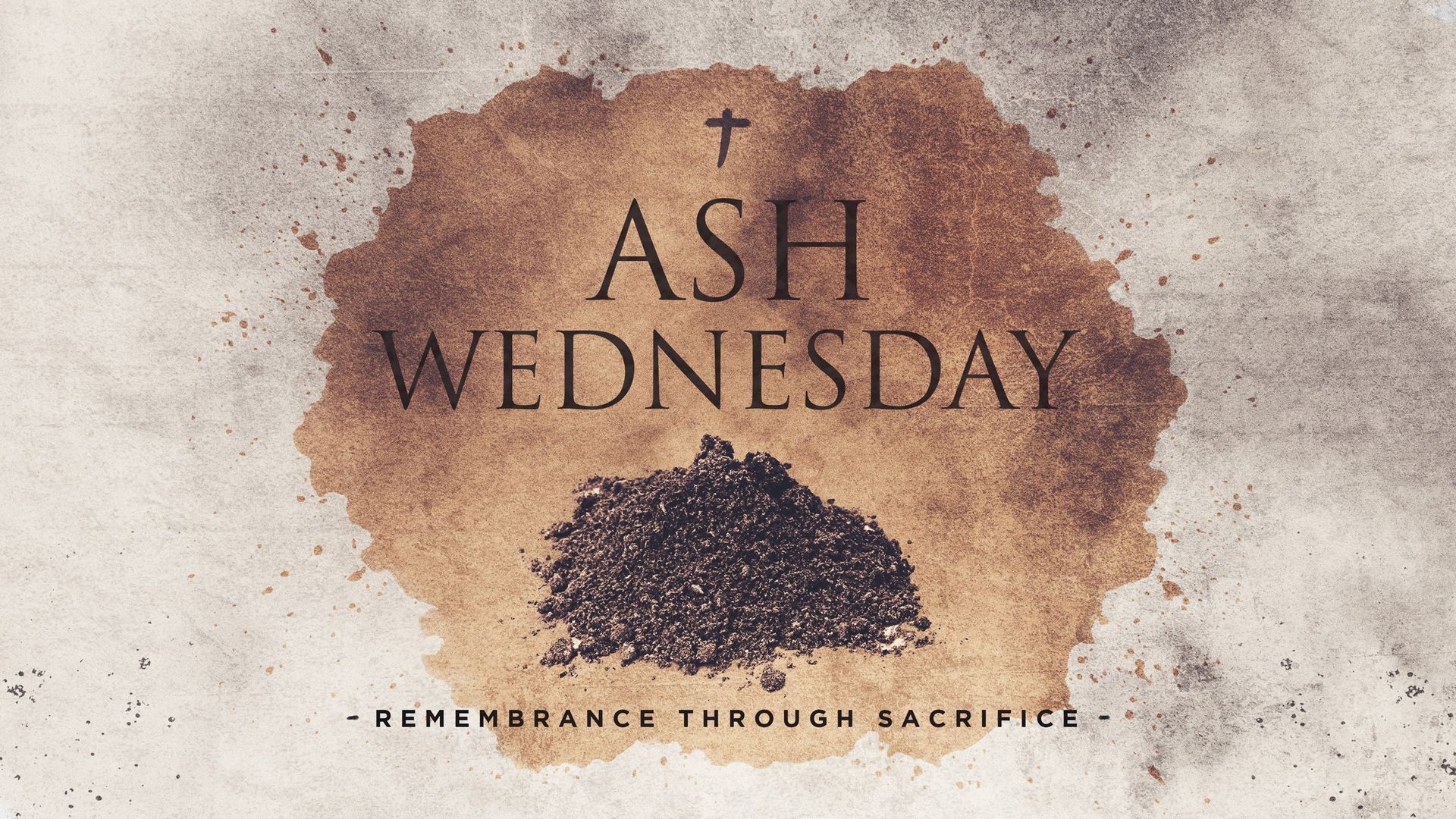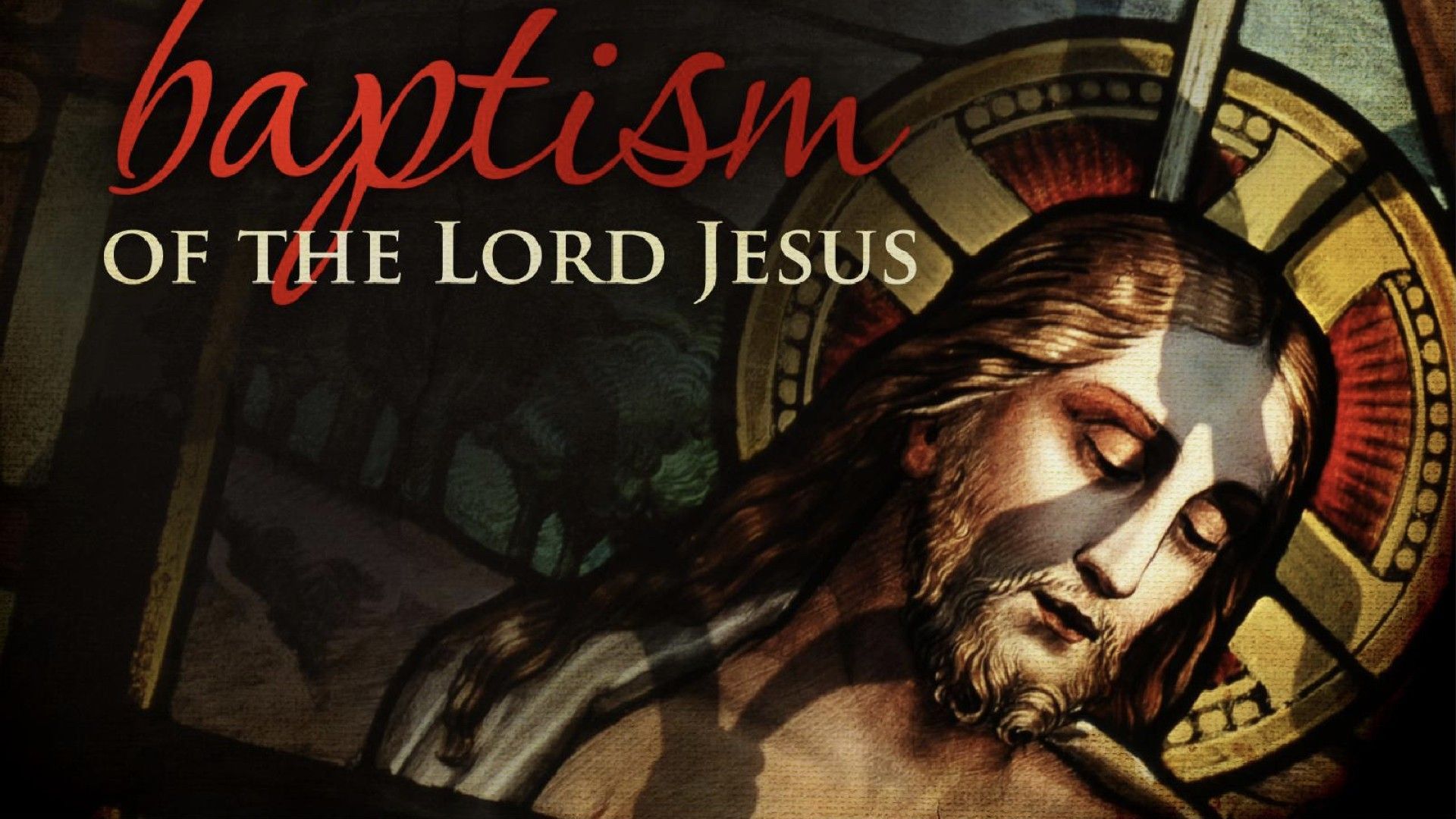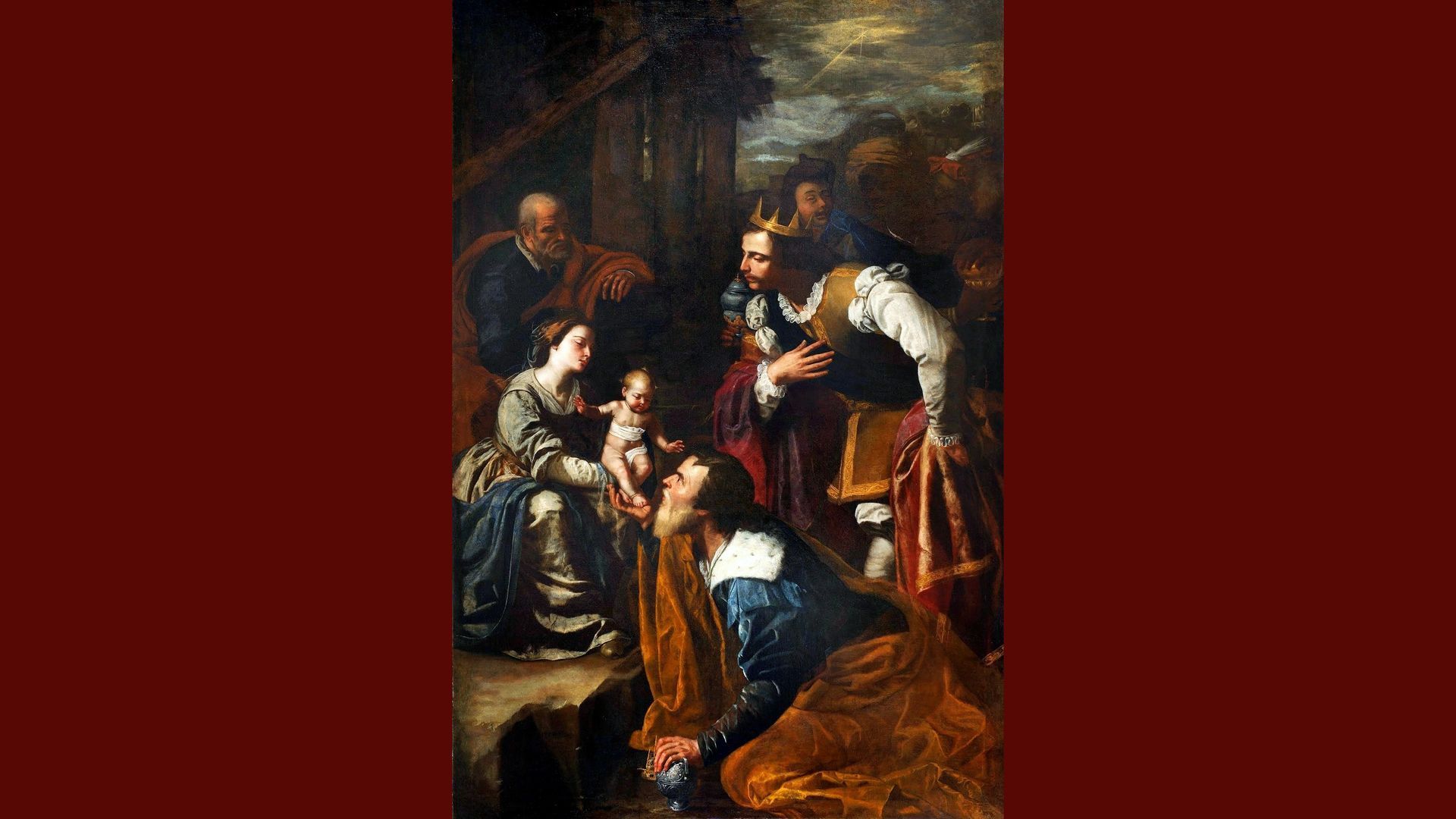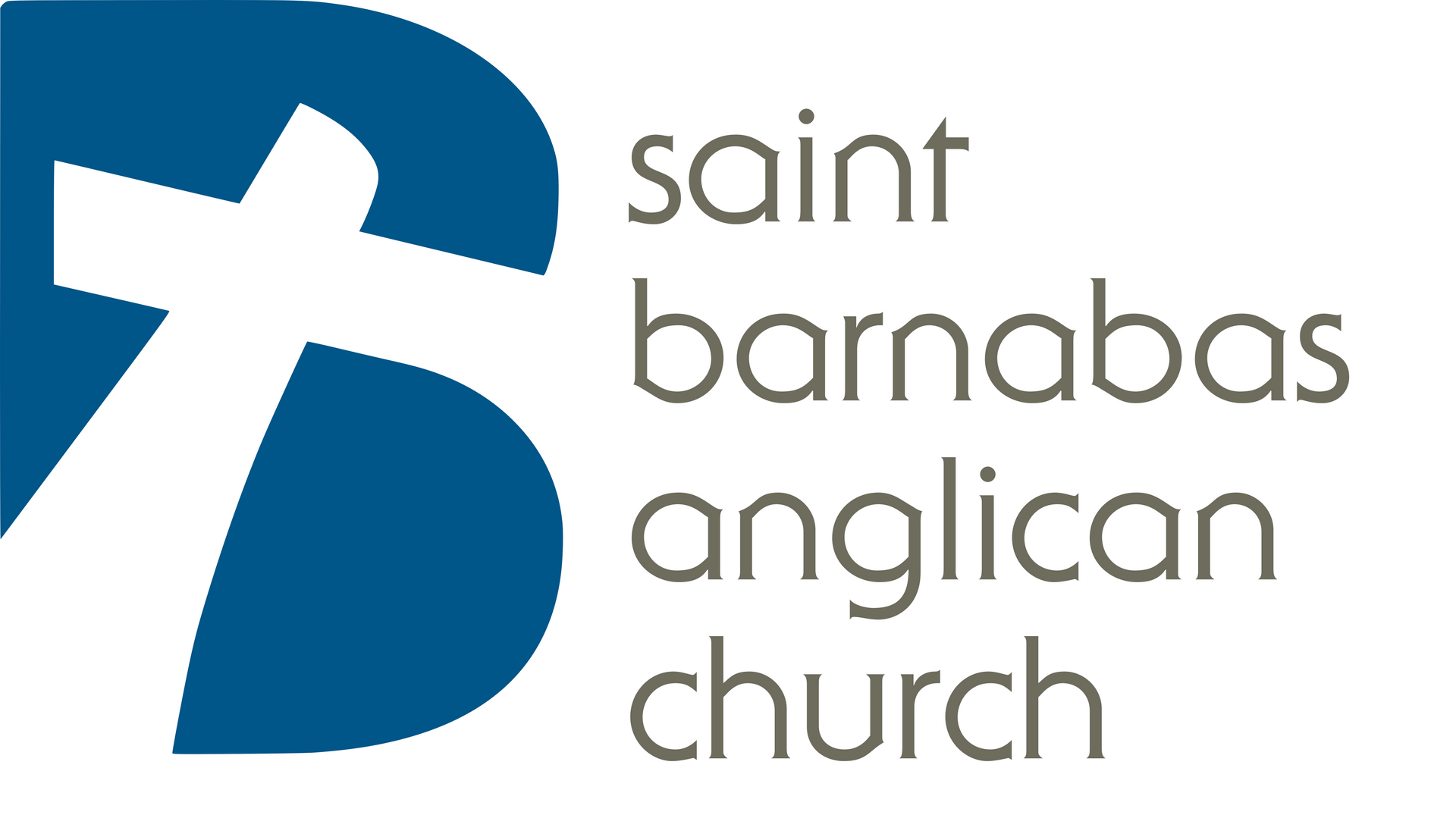Asking Why - Why is there water in stoups by the door and in a bowl in the back of the church?
This series of articles will cover a number of topics addressing various practices we have within Anglicanism. Many broad questions will be tackled, however if you have a specific question, please email me at andrew.petta@gmail.com.
Why is there water in stoups by the door and in a bowl in the back of the church?
Water is a central sign for Christians. The waters of baptism mark the death to self and the rising to new life in Christ Jesus.
In addition to this most central role of water in the life of the Church, it is also used in blessings, exorcisms, burials and other rites (or services).
Many churches place this blessed water which has been blessed by the priest into 'stoups' or small vessels attached to the wall and a font or bowl. The stoups are located at each entrance, whereas the font is in the back of the church.
In his book, The Liturgy Explained, Thomas Howard makes an important point, " As with all sacraments and sacramentals, there is no question of magic here: rather, this humble, physical element is seen as a sign and bearer to us of that grace which came to us so modestly, and so very physically, in all the events of the Gospel."
The blessed water at these locations serves to remind all believers of their own baptism as they enter. Not only does it call to mind the moment they went from life before Christ (B.C) to life in Christ (A.D.) in their own lives, but also that life in Christ is a journey.
Growth in the likeness of our Lord is made through each decision, use of time, and willful acts to know and follow Him more intentionally. The blessed water that greets them as they enter the church reminds them of this fact.
Many choose to recall the moment new life began, and their call to holiness of life by dipping their hand into the water and making the sign of the cross over themselves. The outward sign calls to mind the inward grace received at baptism, which is at work in us daily as we surrender and draw near to our Lord Jesus Christ.


